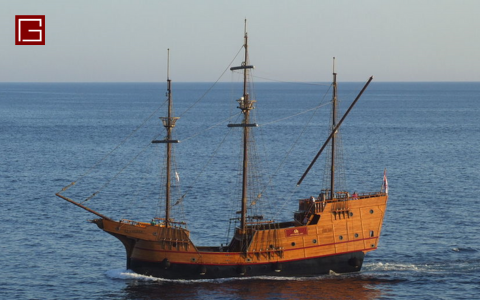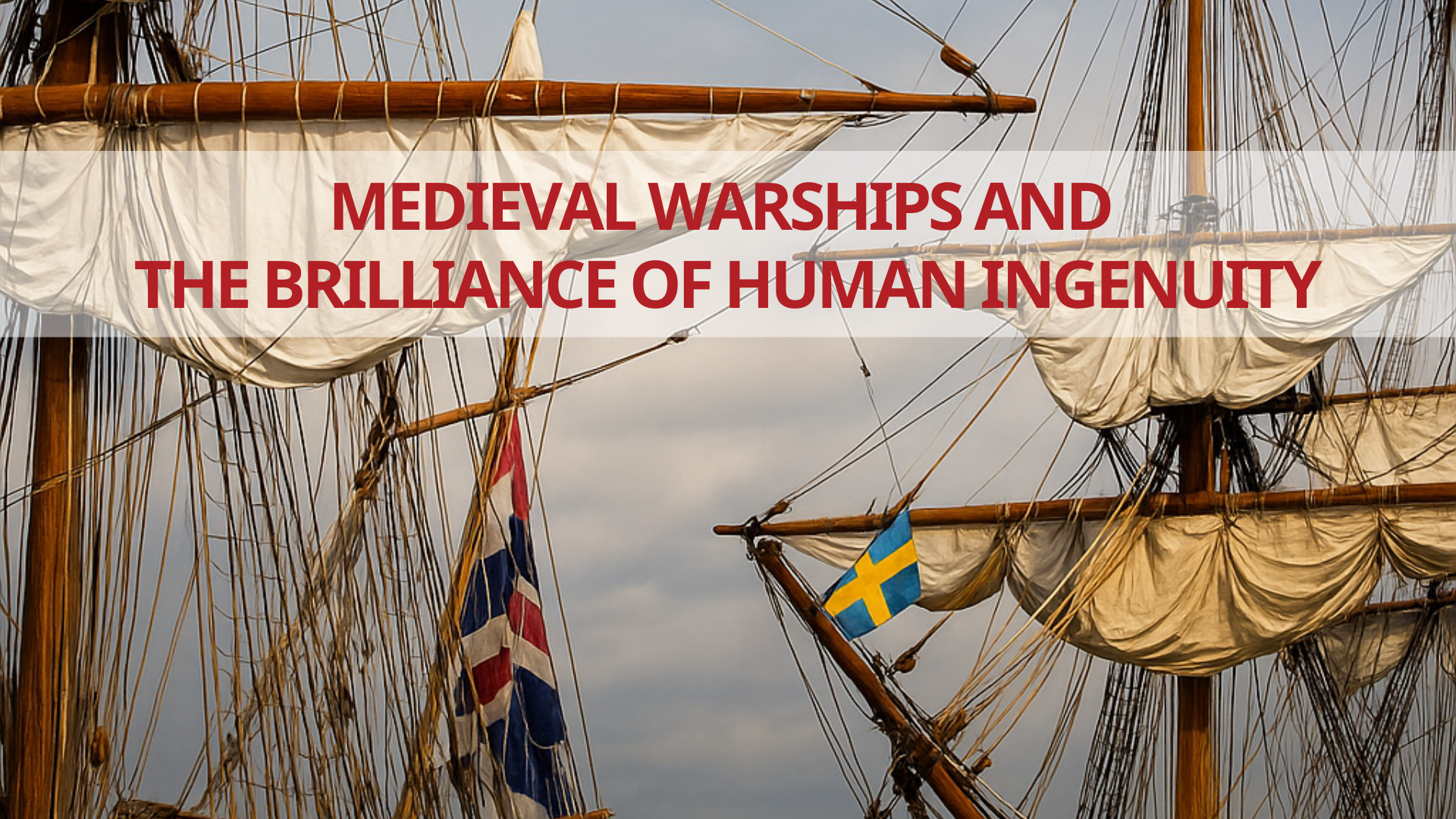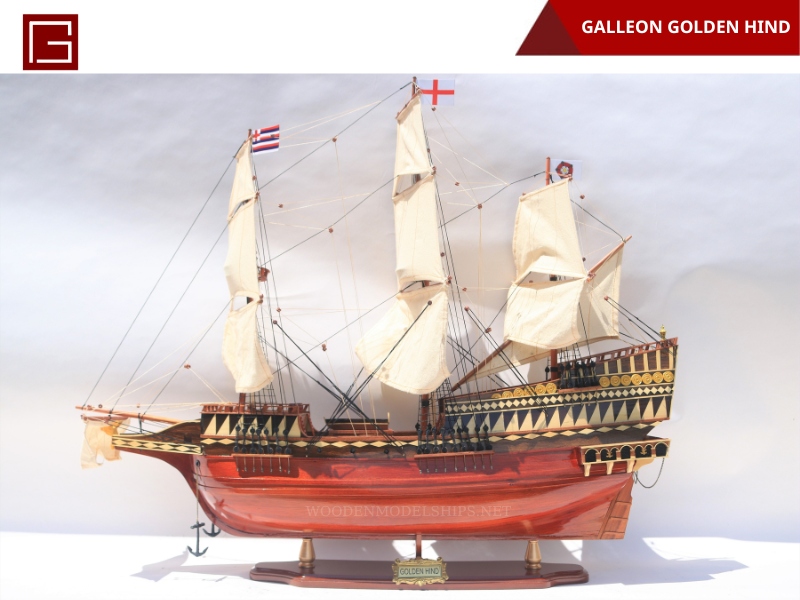BLog New
Medieval Warships and the Brilliance of Human Ingenuity
Throughout history, warships have stood not only as vital means of transportation but also as enduring symbols of human power, ambition, and ingenuity. From the swift and agile Viking longships, the sturdy European carracks, to the majestic Spanish galleons, each vessel tells a story of maritime innovation and technological evolution. Let’s explore the glory of medieval warships and the exquisite craftsmanship behind wooden ship models—beautifully preserved and celebrated at Gia Nhien.
CONTENTS
- 1 1. The Glory of Medieval Warships
- 1.0.1 a. Viking Longships: Speed, Strategy, and Seamanship
- 1.0.2 b. European Carracks
- 1.0.3 c. Galleons and the Age of Exploration
- 1.0.4 Emerging in the late 16th century, the galleon was a powerful type of warship and merchant vessel extensively utilized by Spain and England. Galleons not only enabled global voyages of discovery but also played key roles in large-scale naval battles. Their combination of durability and heavy armament made them some of the most formidable ships in maritime history.
- 1.0.5 2. Human Ingenuity and the Art of Shipbuilding
- 1.0.6 3. The Art of Wooden Ship Modeling at Gia Nhien
1. The Glory of Medieval Warships
The medieval era marked a golden age of naval warfare, where warships played a decisive role in the expansion and defense of empires. The naval designs from this period reflect extraordinary advancements in engineering and seafaring skills. These ships were more than just vessels—they were weapons, fortresses, and symbols of national prestige.
a. Viking Longships: Speed, Strategy, and Seamanship
The Viking longship was a masterpiece of naval design in the early medieval period, renowned for its speed, agility, and ability to navigate both open seas and narrow rivers. Crafted primarily from oak or pine and often adorned with ornate carvings, these ships featured a long, narrow hull and shallow draft, making them perfect for swift raids and surprise attacks along the coasts of Europe.
Equipped with both sails and rows of oars, longships could move independently of wind conditions, giving Viking raiders unmatched tactical flexibility. Their symmetrical design allowed for rapid reversal without the need to turn around—an innovation centuries ahead of its time. These ships enabled the Vikings to explore and conquer lands as far as the British Isles, the Mediterranean, and even North America, leaving a lasting legacy in maritime history.

b. European Carracks
In the 15th and 16th centuries, the carrack was one of the largest types of warships, used by empires such as Portugal and Spain. With its robust design, the carrack could carry heavy weaponry and fundamentally transformed naval warfare. This type of ship also played a crucial role in the Age of Exploration, enabling explorers to reach new and distant lands.



